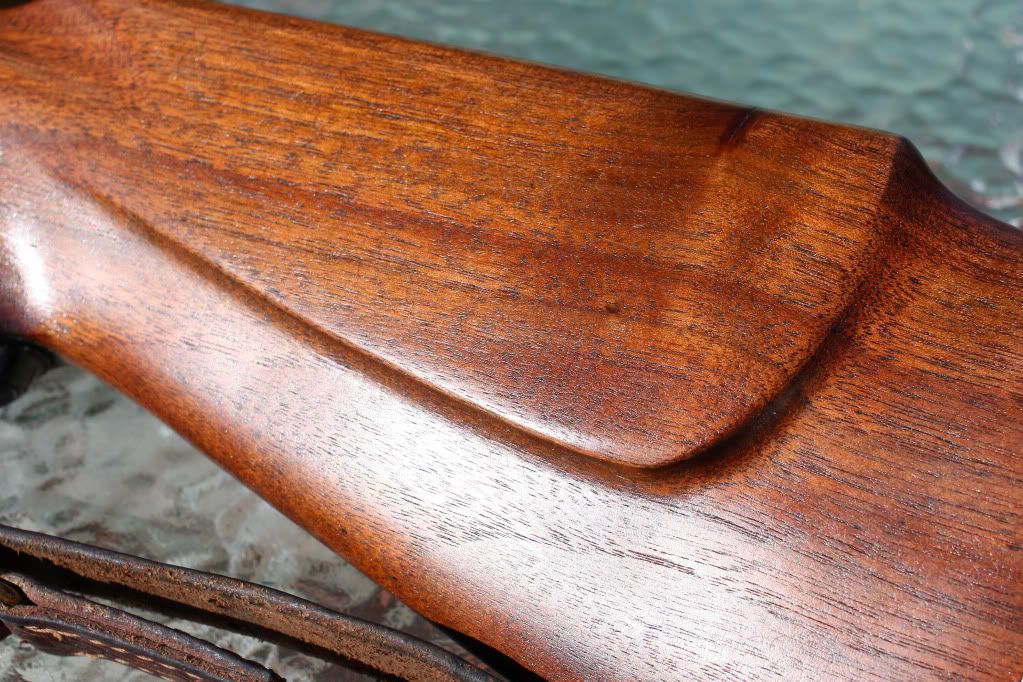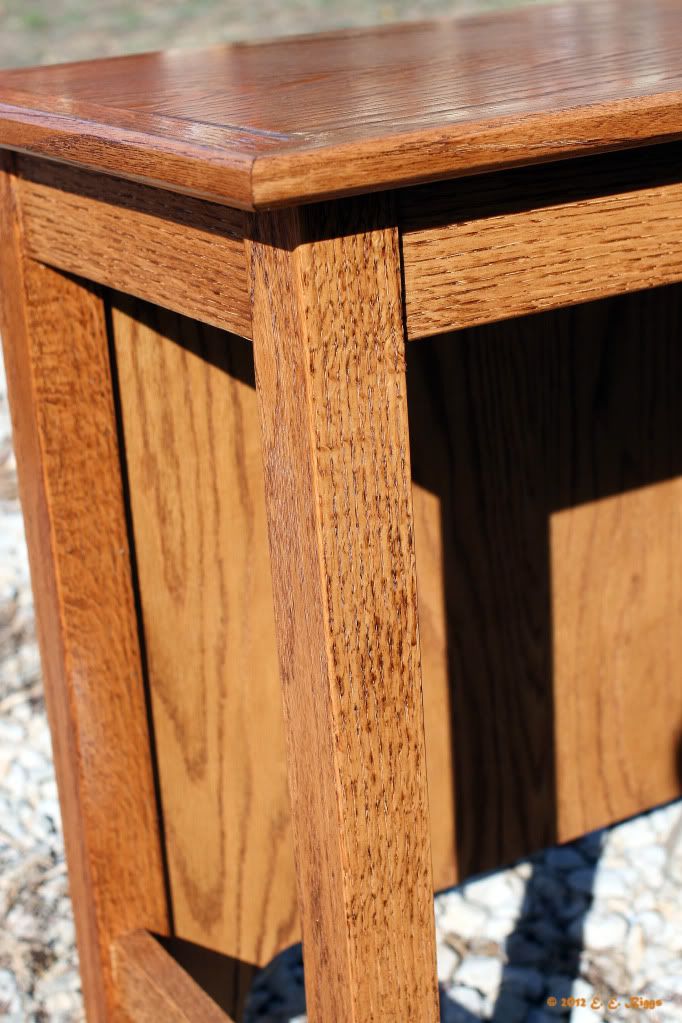Greg Blackburn
40 Cal.
- Joined
- Sep 23, 2012
- Messages
- 900
- Reaction score
- 395
Since I'm going to keep this .54 rust bucket, I might as well try to learn something from it/improve it.
It's a kit gun, and although not super poorly done, the guy must have been in something of a hurry. The stock is rough in a couple of places and although stained, it isn't top coated.
Since it's only a 4 digit serial number, I'd say it was stained with an oil based stain....a friend suggested tung oil? Should I try and sand down the rough spots then use the tung oil? Would tung oil make the stock water resistant?
What say you guys? Do you need a pic to look at?
Greg
It's a kit gun, and although not super poorly done, the guy must have been in something of a hurry. The stock is rough in a couple of places and although stained, it isn't top coated.
Since it's only a 4 digit serial number, I'd say it was stained with an oil based stain....a friend suggested tung oil? Should I try and sand down the rough spots then use the tung oil? Would tung oil make the stock water resistant?
What say you guys? Do you need a pic to look at?
Greg







